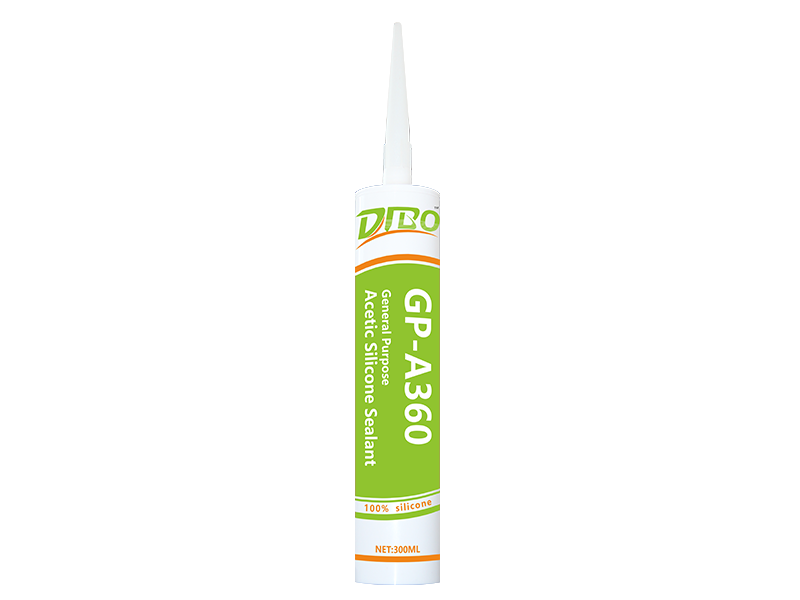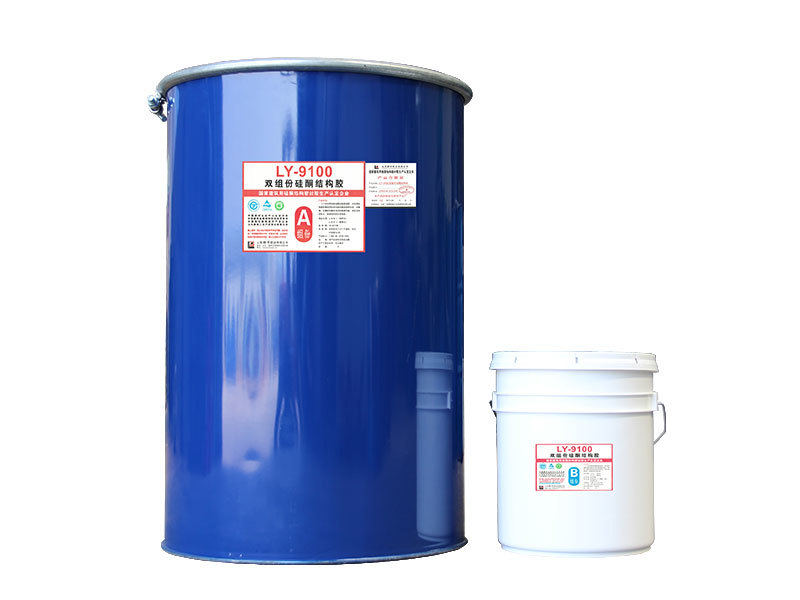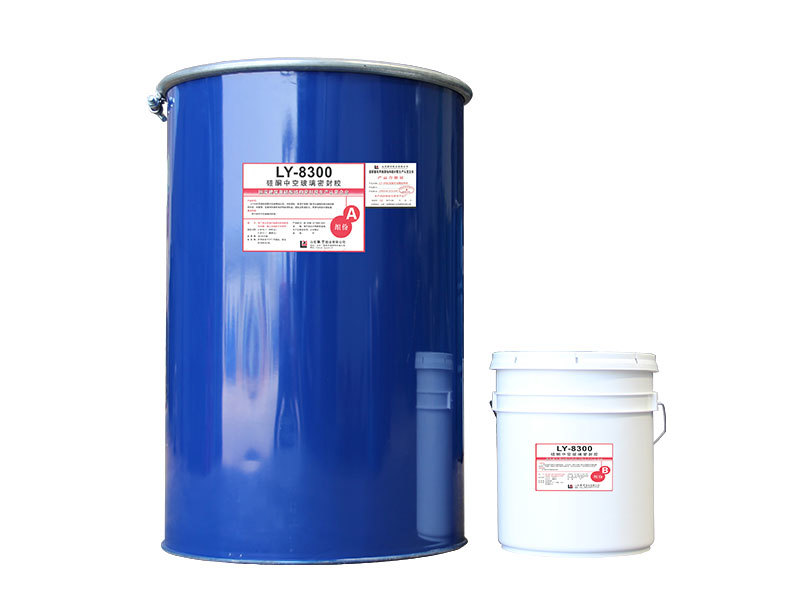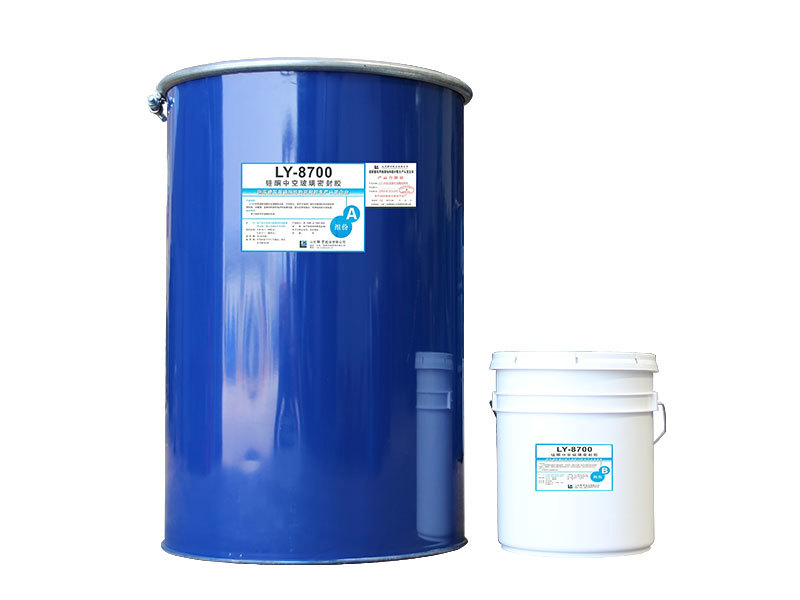Understanding Acetic Silicone Sealant: Properties, Applications, and Benefits
Upload Time:
2025-02-04
Acetic Silicone Sealant is a type of sealant that utilizes acetic acid in its curing process. This unique formulation allows it to form strong, flexible bonds, making it an invaluable resource in a variety of applications. One of the main features of acetic silicone sealants is their ability to withstand extreme temperatures, from -60°C to 180°C (-76°F to 356°F), making them suitable for both indo

Acetic Silicone Sealant is a type of sealant that utilizes acetic acid in its curing process. This unique formulation allows it to form strong, flexible bonds, making it an invaluable resource in a variety of applications. One of the main features of acetic silicone sealants is their ability to withstand extreme temperatures, from -60°C to 180°C (-76°F to 356°F), making them suitable for both indoor and outdoor use.
One of the primary components of acetic silicone sealant is the silicone polymer, known for its excellent weather resistance and durability. This type of sealant is particularly resistant to moisture, UV rays, and extreme temperatures, ensuring long-lasting performance even in harsh environments. Additionally, the acetic curing mechanism provides a strong adhesion to various substrates, including glass, ceramics, metals, and some plastics.
The versatility of Acetic Silicone Sealant extends to its applications across multiple industries. In construction, it is often used for sealing windows, doors, and joints in buildings, ensuring a weather-tight seal that helps to prevent air and water infiltration. In automotive applications, it can be used for sealing engine components, windshields, and other areas requiring high-temperature resistance and flexibility. Furthermore, in the electronics sector, it is employed to protect sensitive components from environmental damage.
Another noteworthy aspect of acetic silicone sealant is its ease of application. Typically available in tubes or cartridges, it can be applied with standard caulking guns. Once applied, it cures at room temperature, allowing for a quick turnaround in projects. However, it is essential to note that because acetic silicone emits acetic acid during the curing process, it is not recommended for use with certain materials, such as natural stone or metal surfaces that may corrode.
In summary, Acetic Silicone Sealant is a reliable and versatile sealing solution that combines excellent adhesive properties with durability and flexibility. Its resistance to environmental factors makes it a preferred choice for both industrial and consumer applications. Whether you're involved in construction, automotive, or electronics, understanding the benefits and properties of Acetic Silicone Sealant can help you make informed decisions for your sealing and bonding needs.
One of the primary components of acetic silicone sealant is the silicone polymer, known for its excellent weather resistance and durability. This type of sealant is particularly resistant to moisture, UV rays, and extreme temperatures, ensuring long-lasting performance even in harsh environments. Additionally, the acetic curing mechanism provides a strong adhesion to various substrates, including glass, ceramics, metals, and some plastics.
The versatility of Acetic Silicone Sealant extends to its applications across multiple industries. In construction, it is often used for sealing windows, doors, and joints in buildings, ensuring a weather-tight seal that helps to prevent air and water infiltration. In automotive applications, it can be used for sealing engine components, windshields, and other areas requiring high-temperature resistance and flexibility. Furthermore, in the electronics sector, it is employed to protect sensitive components from environmental damage.
Another noteworthy aspect of acetic silicone sealant is its ease of application. Typically available in tubes or cartridges, it can be applied with standard caulking guns. Once applied, it cures at room temperature, allowing for a quick turnaround in projects. However, it is essential to note that because acetic silicone emits acetic acid during the curing process, it is not recommended for use with certain materials, such as natural stone or metal surfaces that may corrode.
In summary, Acetic Silicone Sealant is a reliable and versatile sealing solution that combines excellent adhesive properties with durability and flexibility. Its resistance to environmental factors makes it a preferred choice for both industrial and consumer applications. Whether you're involved in construction, automotive, or electronics, understanding the benefits and properties of Acetic Silicone Sealant can help you make informed decisions for your sealing and bonding needs.
Relevant News




